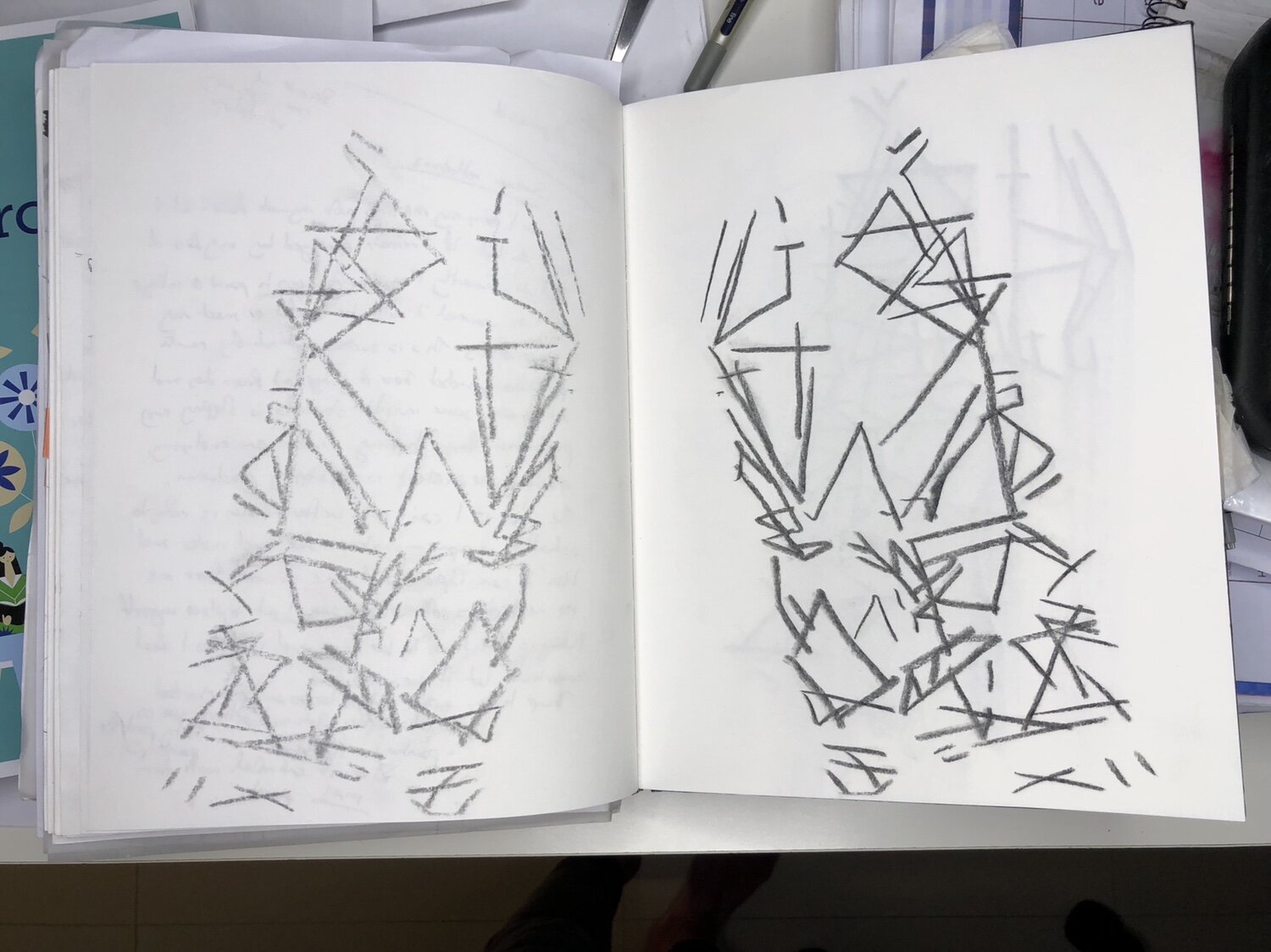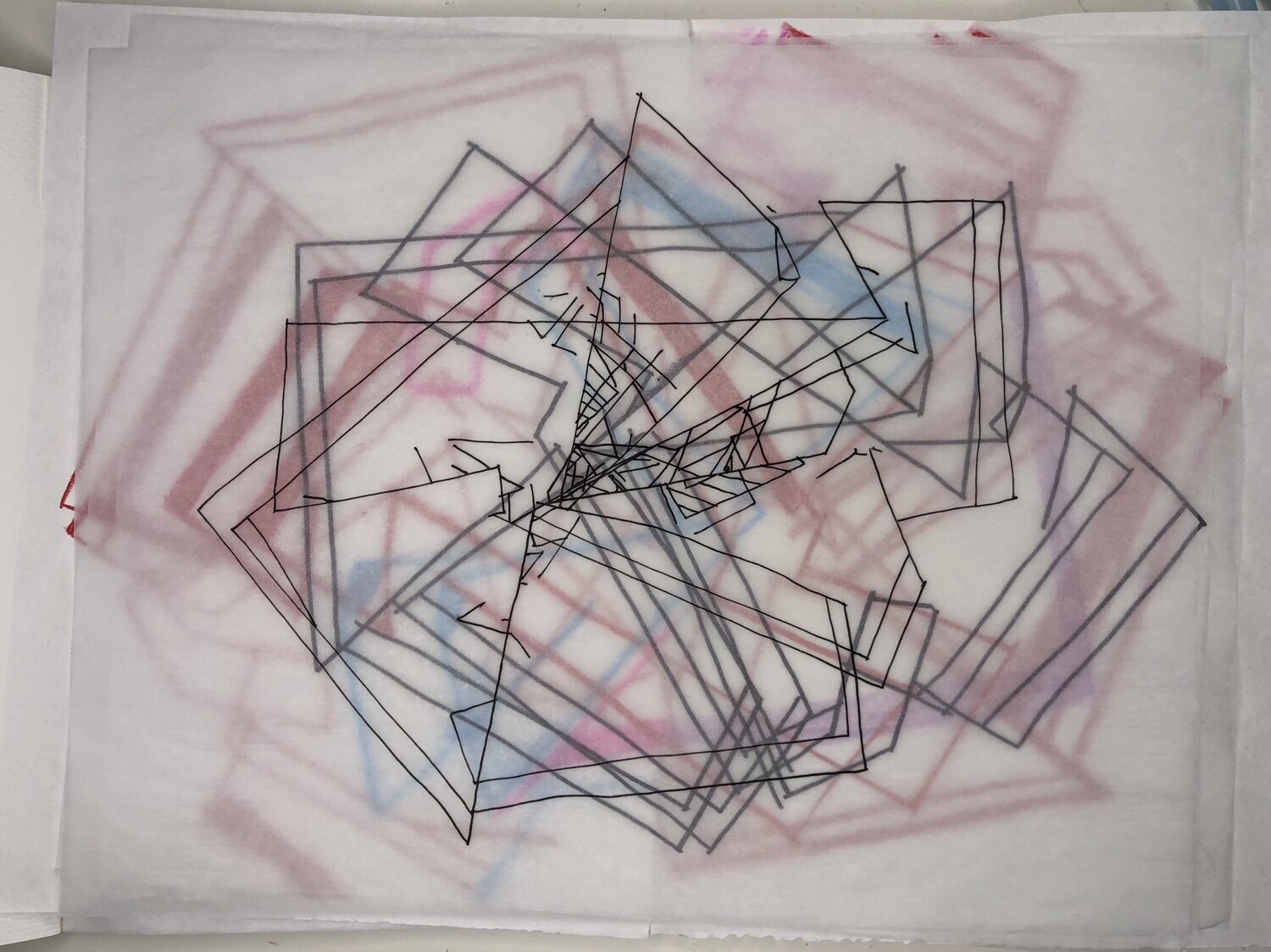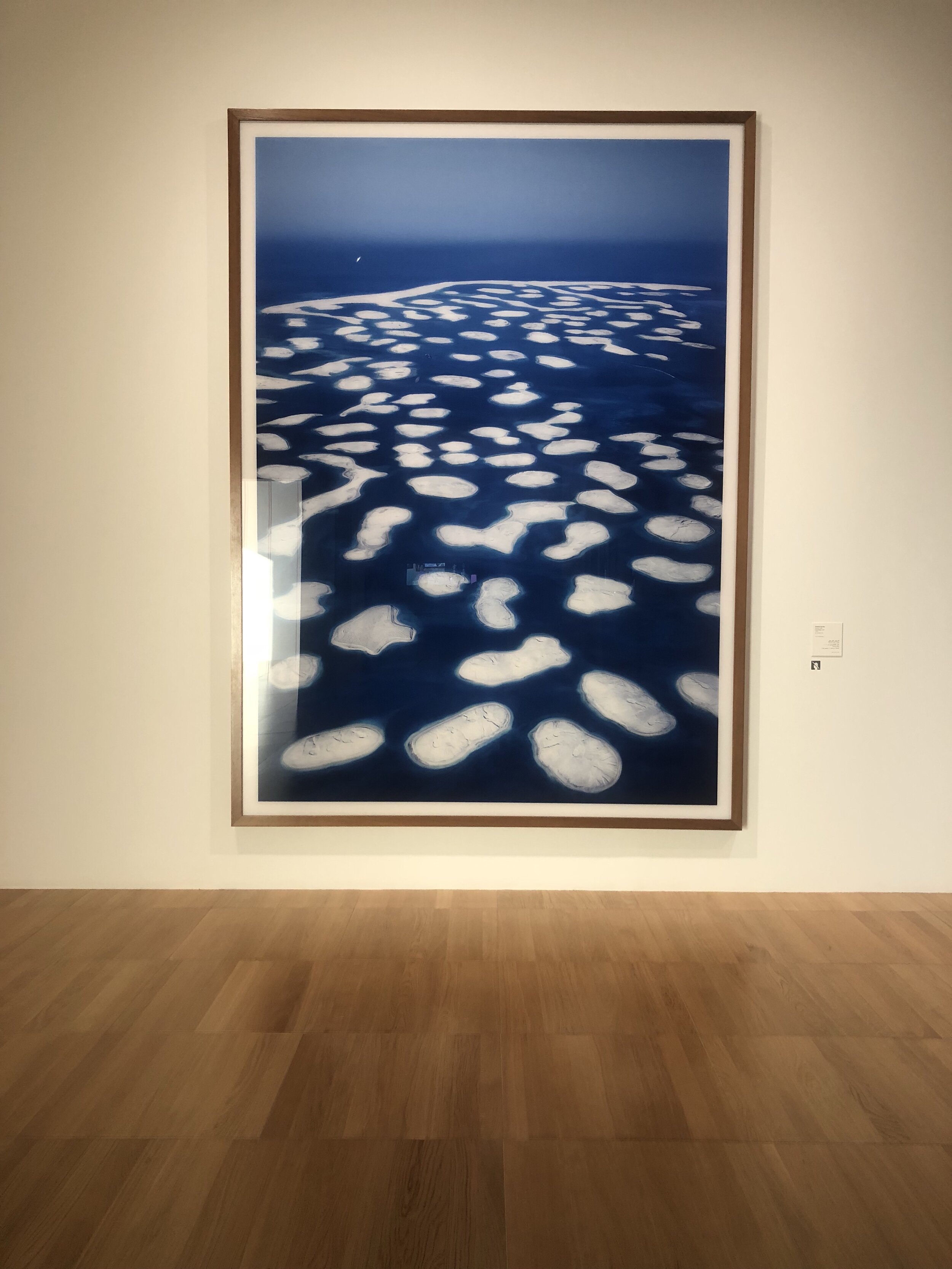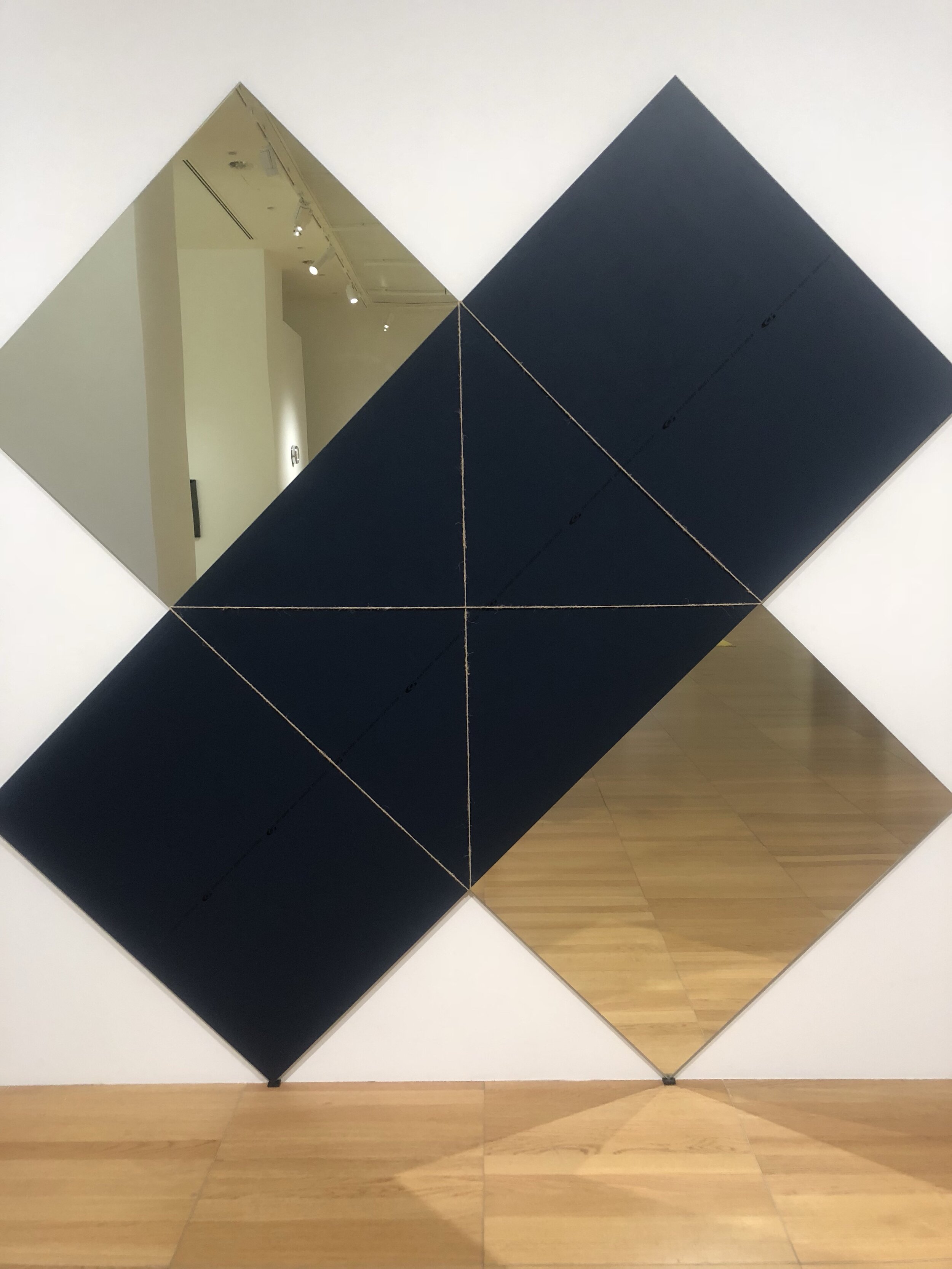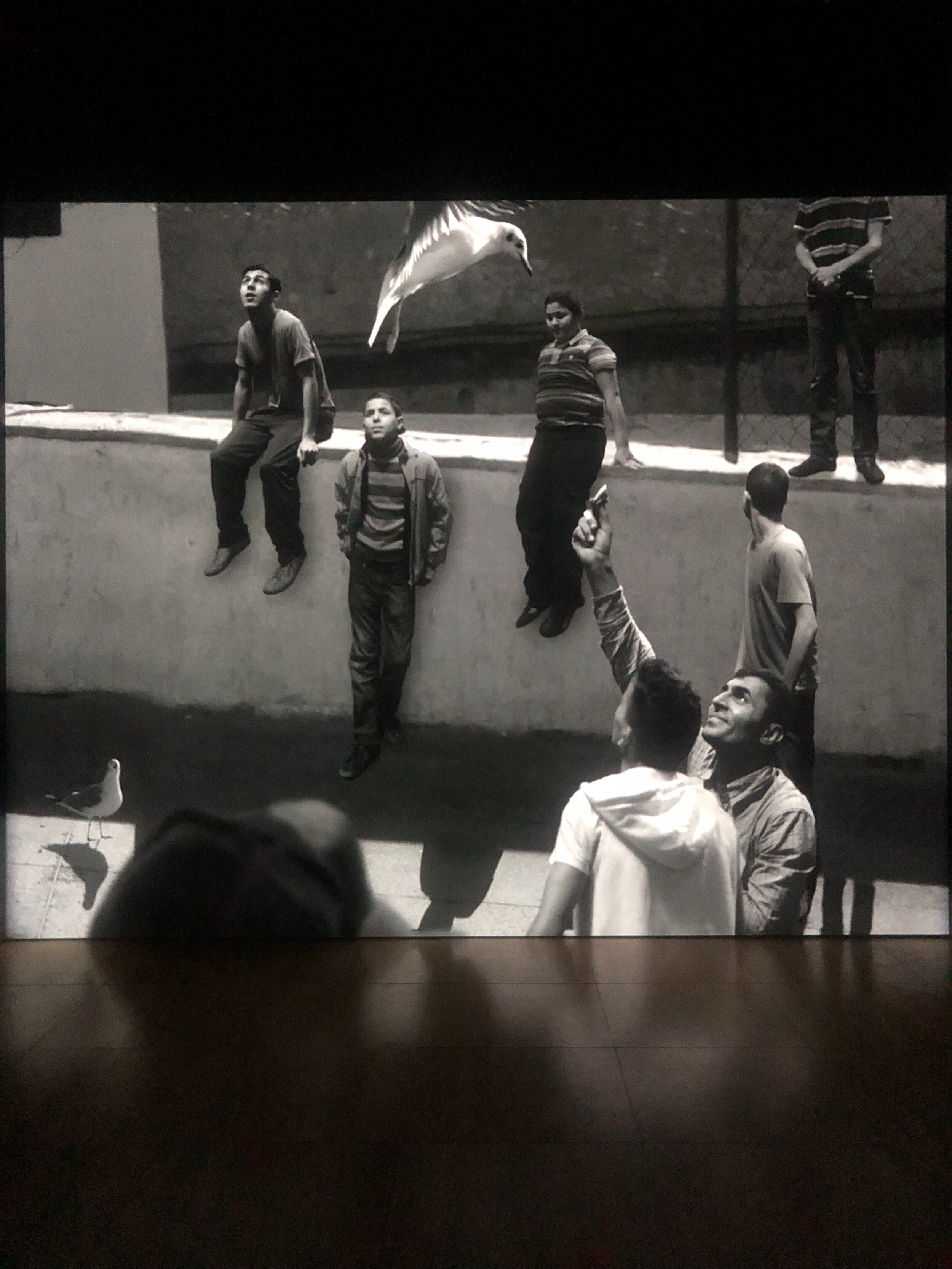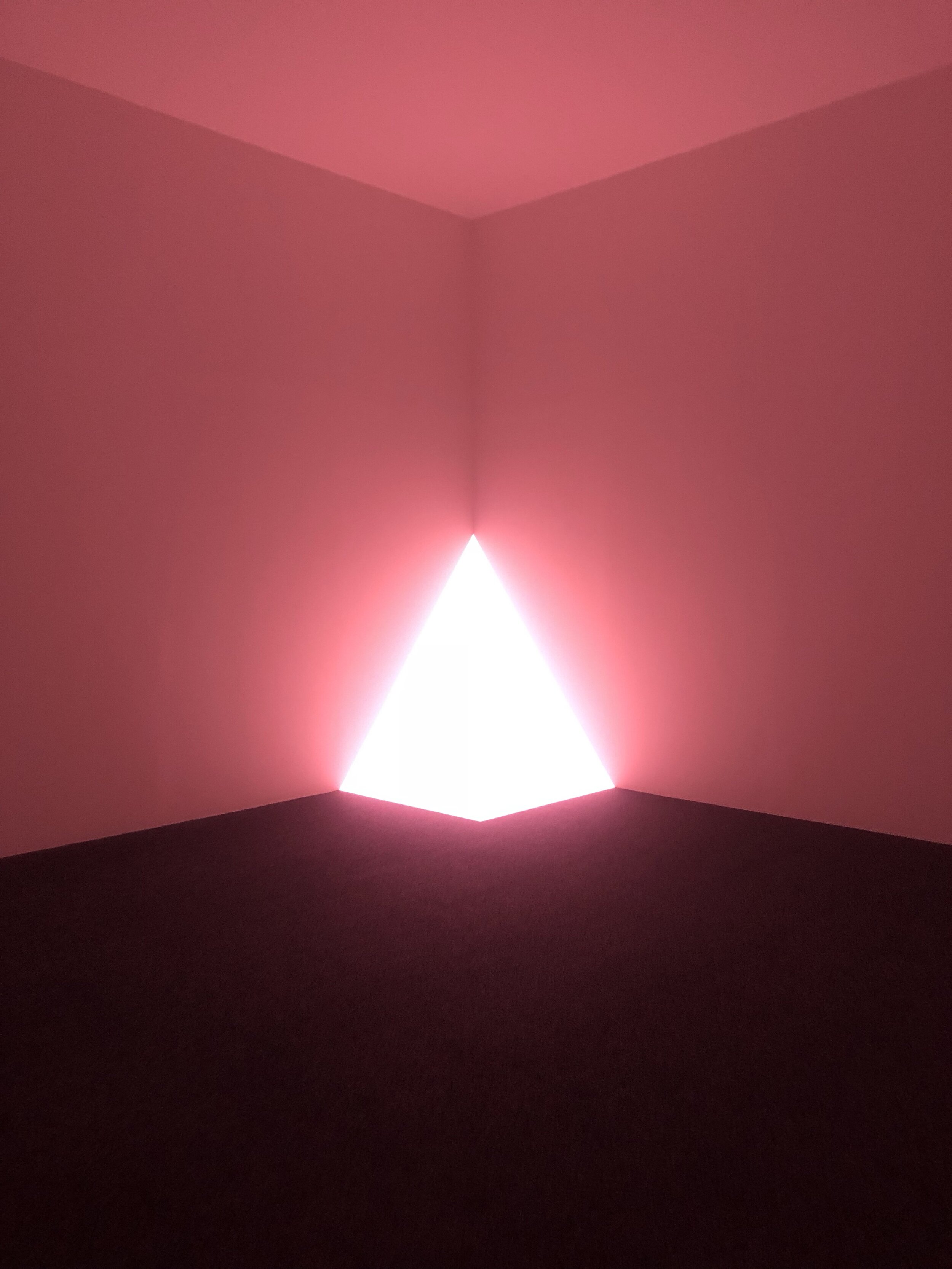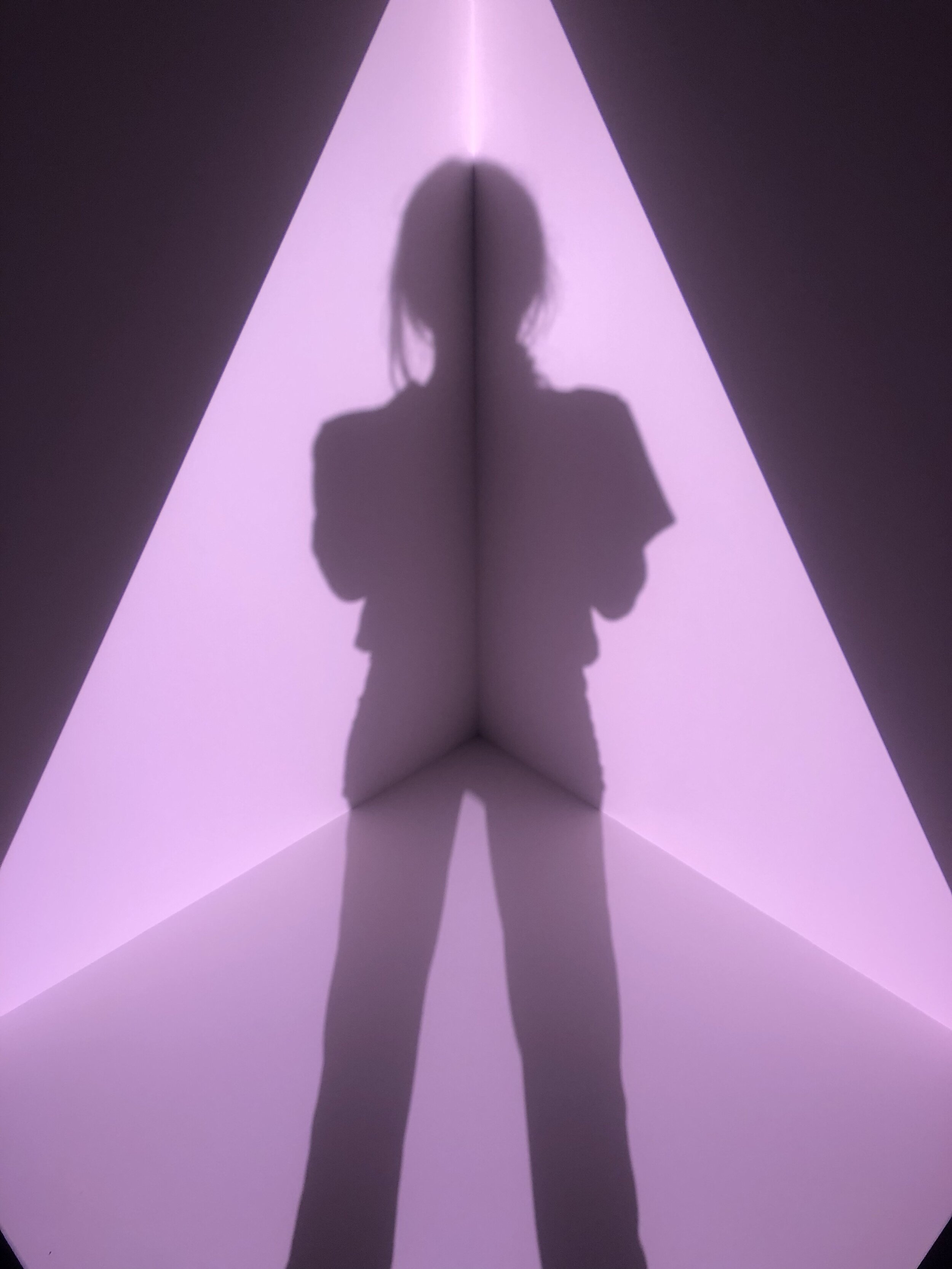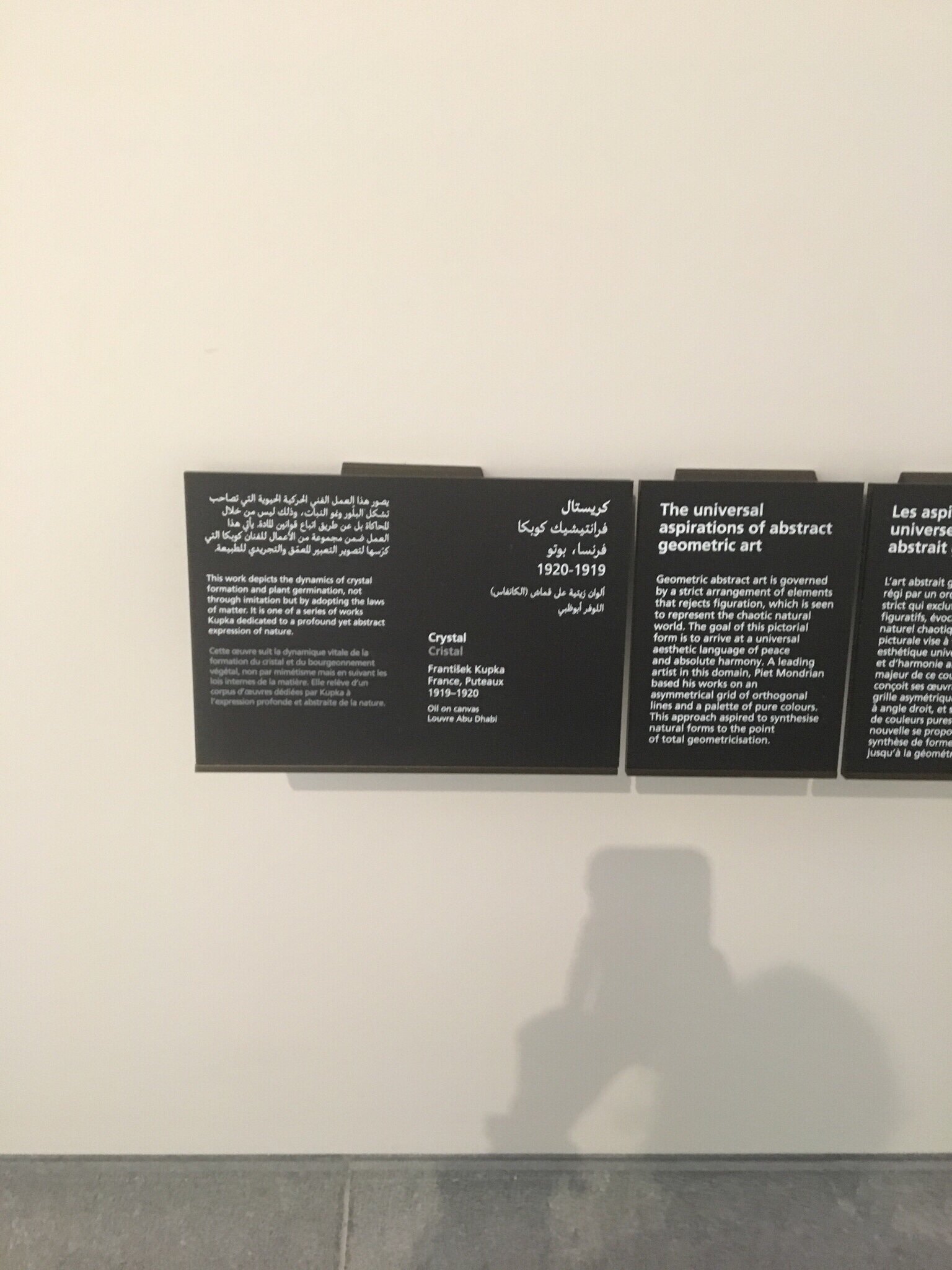Enquiry: Intersections and Articulations: Helen Rousseau lecture and seminar (procrastination, testing things in the studio) - KF
Helen Rousseau -
sculpture & installation - structure, precision and chance encounter
materiality and speed - slowness of materials - temporal
Gilbert Ryle - the concept of mind
procrastinations manifesto -
drawing as process - moving towards something - amplifying itself when in its own process
Nicola Tyson
Tom McCathy - how Marinetti taught me to write
Jane Bennet - Vital Matter
O'doherty - Studio and Cube
performance based practice - sculpture pulls towards this
Jan Verwoert - control I am Here - Curating and the Educational Turn (pronounced Yan VerVert)
Misreadings - Fred Sandback
APT london - Mariam Holm-Hansen
reading group - August Collective- 1 week
Caroline Wright, Jamie Lee Patel
Role of curator is a present happening.
KF- notes from seminar -
Key points: Themes and questions arising from the session;
Practices that don't quite settle
Practices in and out of the studio
Finding value
Different engines of practice
Considering the quality and speed of materials
You can slow down an experience
What is the temporal condition of sculpture?
What is brought into being through the work?
Can you see the process within the work- is it inherent?
What definitions to we put on practice?
Questions from HR
- Where is the edge of the work> How are the limits of a work established? take a particular example(s) of work (own or others) you are familiar with and discuss
- How do you make use of/i=understand/consider the 'in-between' in relations to your own practices? Take a particular example
Break out room 1 - Helen Rousseau, 15/10/2018
Jo, Mark, Mozhdeh, Katie
Where is the edge of the work? How are the limits of a work established? Take a particular example(s) of work (own or others) you are familiar with and discuss.
Mark: I was interested in the idea of edges between artists and audience. I like the idea of the gallery/studio space is open and accessible
And takes away curator issue
Jo and Mozhdeh spoke about accessing galleries and types of galleries and how accessible these opportunities are globally and regionally. How are they accessed?
Katie: Not necessarily where but more ‘Who’ actually sets the edges of the work? Does the artist have a say in it, or does the work and/or the viewer decide? Once the work is out of the creator's hands its edges are its own. Does the work need an ‘edge’? Can it be open? Who requires the definition of ‘edge’?
Kimberley: Emergent practices
Not really an edge but a punctuation, a comma or a stopping point, a moment to breathe
Other notes:
Hermeneutics?
Gorden Matta Clark
Joseph Kosuth
Preoccupy
On Kawara Date Paintings - the moment that you experience the 'I wish I thought of that' - the boxes, the lettering, the language THE RULES!!! of the Rules! I love this capturing moment in an intricate simplicity.
THATS WHAT IT IS I"M STRIVING FOR AN INTRICATE SIMPLICITY.
yes, Martin Creed, On Kawara
Karla Black - formal - composition form materials












